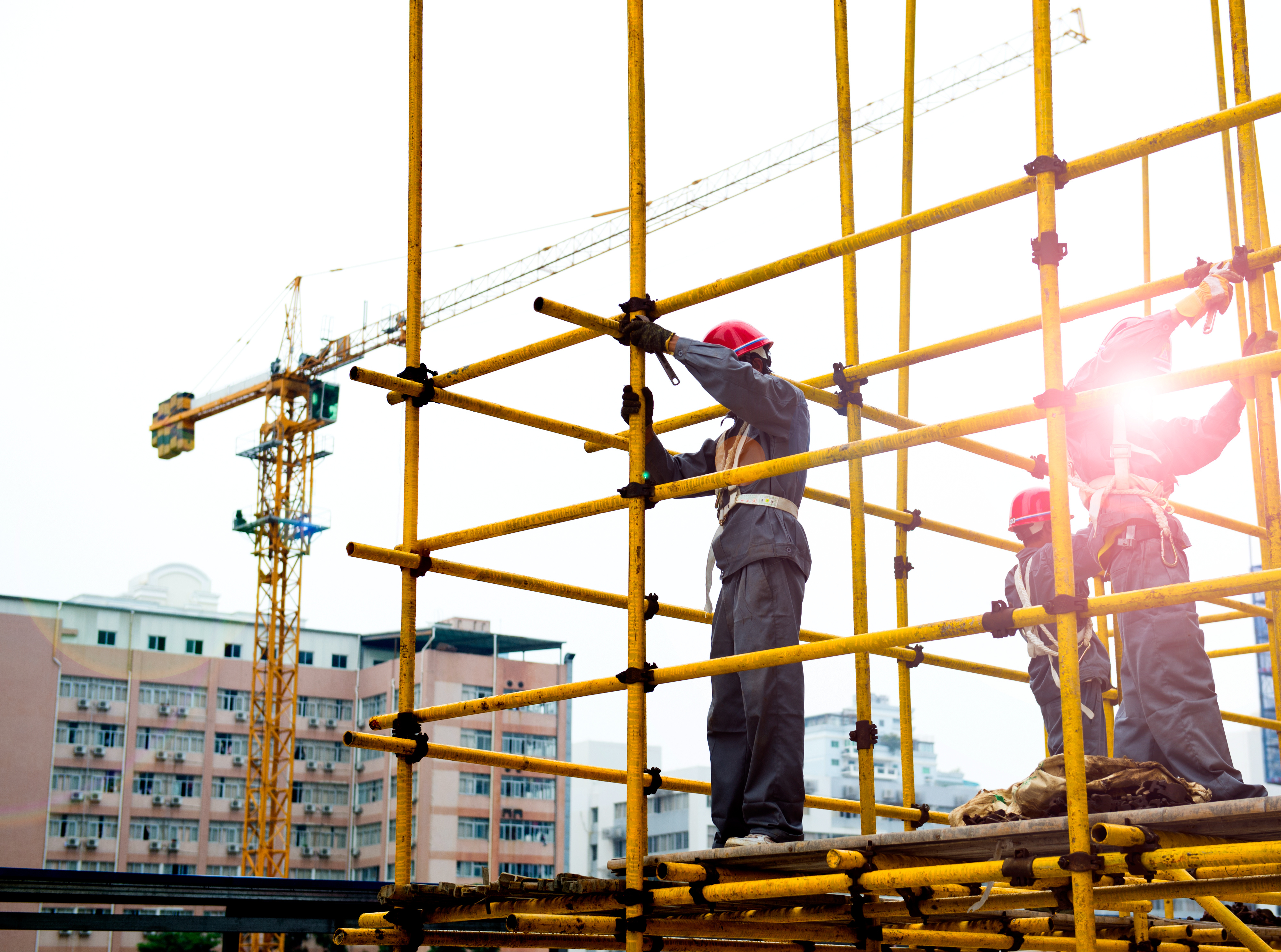Safety First: Essential Scaffolding Guidelines for Construction Sites

Scaffolding is an indispensable part of the construction industry, providing workers with the necessary support to perform tasks at height. However, it also poses significant risks if not used correctly. Safety guidelines for scaffolding are crucial to ensure that 租鋁架 construction sites remain safe for workers and reduce the likelihood of accidents and injuries. This article outlines essential scaffolding safety guidelines that every construction professional should follow.
- Comprehensive Training and Certification:
One of the most critical safety measures in scaffolding is ensuring that all workers involved in its assembly, use, and disassembly are adequately trained and certified. Training programs should cover various aspects of scaffolding safety, including identifying potential hazards, understanding load capacities, and recognizing proper assembly techniques. Workers should also be educated on the specific types of scaffolding being used on the site, as different systems have unique safety considerations. Regular refresher courses can help maintain a high level of safety awareness among workers. - Proper Inspection of Scaffolding Components:
Before any scaffolding is put into use, it is imperative to conduct a thorough inspection of all components. This inspection should include checking for signs of wear, damage, or corrosion in materials such as steel or wood. All connections, fittings, and fasteners should be secure and intact. Regular inspections should be carried out throughout the project, particularly after adverse weather conditions, to ensure that the scaffolding remains safe and stable. Keeping detailed records of inspections can also help in tracking the condition of scaffolding over time and identifying patterns that may require attention. - Adherence to Load Capacity Guidelines:
Every scaffolding system has specific load capacity limits that must be strictly adhered to in order to prevent collapses or structural failures. It is essential to understand the load requirements of the tasks being performed and to distribute weight evenly across the platform. This includes not only the weight of workers and their tools but also any materials that may be placed on the scaffold. To ensure safety, a qualified person should determine and communicate the maximum load capacity, and a clear system should be in place to monitor compliance with these limits. - Secure and Stable Base:
The foundation of a scaffolding system is critical to its stability. Scaffolding should only be erected on solid, level ground that can adequately support the weight of the structure and its load. If the ground is uneven, appropriate measures, such as the use of base plates or adjustable screw jacks, should be taken to ensure stability. It is also vital to avoid using scaffolding on slopes, unstable surfaces, or areas prone to flooding or erosion. Additionally, all scaffolding should be braced adequately to prevent swaying or movement, especially in windy conditions. - Implementing Fall Protection Measures:
Falls are one of the leading causes of injuries in the construction industry, making fall protection measures an essential part of scaffolding safety. All scaffolding systems should include guardrails, toeboards, and safety nets where applicable. Workers should also wear personal protective equipment (PPE), such as helmets and harnesses, when working at heights. Establishing clear protocols for accessing and exiting scaffolding can also help reduce the risk of falls. Regularly reviewing and updating these protocols ensures they remain effective as project conditions change. - Clear Communication and Emergency Preparedness:
Effective communication is crucial for maintaining safety on scaffolding. Workers should be encouraged to report any safety concerns or issues with the scaffolding immediately. Establishing a clear chain of command and ensuring that all team members understand their roles can help prevent accidents. Additionally, emergency preparedness plans should be in place, including evacuation routes and procedures for responding to accidents or injuries. Regular safety drills can help familiarize workers with these plans, ensuring they know how to respond quickly and effectively in an emergency.
Conclusion
Implementing these essential scaffolding safety guidelines can significantly reduce the risk of accidents and injuries on construction sites. Comprehensive training, regular inspections, adherence to load capacities, ensuring a secure base, implementing fall protection measures, and promoting clear communication are all critical components of a robust safety plan. By prioritizing safety in scaffolding practices, construction professionals can create a safer work environment, protect their workers, and ultimately contribute to the successful completion of projects. Safety should always come first in the construction industry, and scaffolding safety is a fundamental aspect of that commitment.